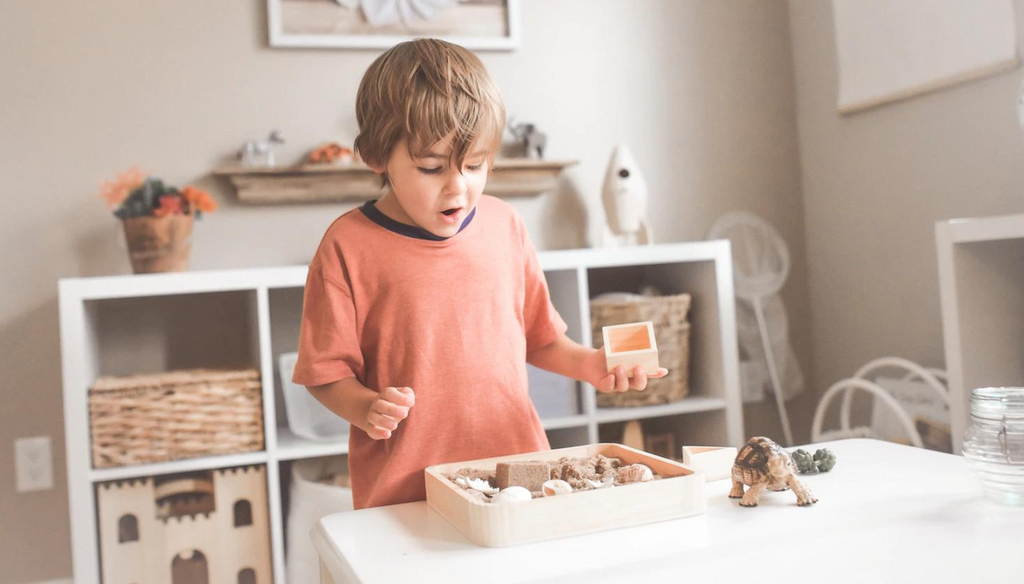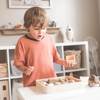Tips for Creating an Autism-Friendly Home Environment

For families with a loved one on the autism spectrum, creating an autism-friendly home environment can make a significant difference in their daily lives. Here are some tips for creating an autism-friendly home environment.
Sensory-Friendly Spaces
One of the most important considerations in an autism-friendly home environment is creating sensory-friendly spaces. Sensory input can be overwhelming for individuals with autism, and creating spaces that provide a calming environment can be beneficial. Some ways to achieve this include using soft lighting, adding comfortable seating, and using muted or natural colors.
Create Clear Boundaries
Individuals with autism often thrive with clear boundaries and routines. In the home environment, creating clear visual boundaries can be helpful. For example, using area rugs or visual cues to indicate different areas of the home can be helpful for individuals with autism to understand and navigate their surroundings.
Consider Flooring Options
Flooring can also play a role in creating an autism-friendly home environment. Some individuals with autism may be sensitive to noise, so selecting flooring that absorbs sound can be beneficial. Additionally, carpet or padded flooring can provide a more comfortable surface for individuals who spend a lot of time on the floor.
Safety Measures
For individuals with autism, safety measures are an essential consideration in the home environment. Some individuals may be prone to wandering, so using childproof locks and door alarms can provide added safety. Additionally, covering electrical outlets and using cordless window coverings can reduce potential hazards.
Organizational Systems
Creating organizational systems can also be helpful in an autism-friendly home environment. For example, using color-coded storage bins or visual schedules can help individuals with autism understand and navigate daily routines. Labeling items or using picture labels can also be beneficial in creating a more organized and structured environment.
Creating an autism-friendly home environment can make a significant difference in the daily lives of individuals with autism and their families. By considering sensory-friendly spaces, clear boundaries, flooring options, safety measures, and organizational systems, families can create a safe and supportive environment for their loved one with autism. By understanding the unique needs of individuals with autism, families can design a home environment that supports their well-being and enhances their quality of life.




